Define
Use these tools to build consensus on why. Clarify and prioritize the key problems and hypotheses you want to explore, what it means to succeed, and define your problem to provide a compass for decision making.
Page 1 of 1
Bodystorming

In this physical variant on brainstorming, participants use their body and inexpensive materials or objects to role-play and mimic interaction with a system, product, or experience.
- Time: 45+minutes
- Group Size: 6+ people
- Level: Intermediate
May 6, 2021
Card Sorting

This hands-on activity allows participants to communicate and document their mental model and how they think about a set of information, creating a logical structure (e.g., relationships, sequences, timing).
- Time: 45+minutes
- Group Size: 4+ people
- Level: Advanced
May 7, 2021
Community Map
ul {
display: flex;
flex-wrap: wrap;
justify-content: start;
}
li {
list-style-type: none;
display: inline;
align-self: auto;
padding: 5px 15px 5px 5px;
}
.entry-content ul {
padding: 0;
}
img {
margin-bottom:10px;
padding-right:12px;
}
p {
font-size: 20px;
word-break: normal;
}
@media (max-width: 769px) {
li {
display: block;
clear: both;
}
ul {
clear: both;
}
}
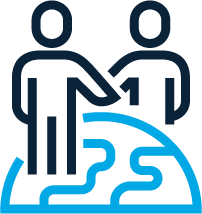
A fast way to capture and prioritize stakeholders.
- Time: 45+ minutes
- Group Size: 8+ people
- Level: Beginner
May 10, 2021
Culture Building Canvas
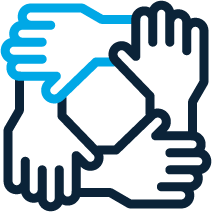
A framework based on “influence channels” that shape and define an organization’s culture. Helps teams develop an actionable, specific culture change plan for their organization.
- Time: 60+minutes
- Group Size: 4+ people
- Level: Intermediate
Journey Mapping

Visually synthesize and communicate a user’s end-to-end experience through actions, pain points, wins, and opportunities in a phased process.
- Time: 45+minutes
- Group Size: 4+ people
- Level: Advanced
Lotus Blossom

Focus the power of brainstorming using a structured, visual representation of ideas—pushing you to fill out every box with new ideas..
- Time: 60+minutes
- Group Size: 2+ people
- Level: Beginner
April 16, 2021
Mindmapping
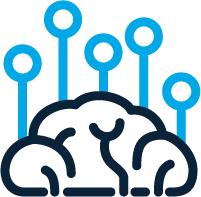
Generate insights into relationships between concepts in a flexible and engaging way to visualize information.
- Time: 30+minutes
- Group Size: 2+ people
- Level: Beginner
May 10, 2021
Mission and Vision Canvas

Develop clear statements about your organization’s future aspirations and present activities.
- Time: 60+minutes
- Group Size: 6+ people
- Level: Intermediate
PAINstorming

PAIN stands for Persona, Activities, Insights, and Needs – the four main research topics explored in this structured method for gathering insights about users or customers identities.
- Time: 30+minutes
- Group Size: 2+ people
- Level: Beginner
Personas

A descriptive model of a person (user, stakeholder, team member, etc), this tool is most often used to help a team define and understand the needs of its customer.
- Time: 45+minutes
- Group Size: 6+ people
- Level: Intermediate
Premortem

Frame and explore your problem by imagining a future scenario in which the proposed activity fails to achieve its objective.
- Time: 60+minutes
- Group Size: 6+ people
- Level: Intermediate
Problem Framing

Explore a problem space and formulate a robust problem statement to ensure you’re solving the right problem.
- Time: 45+minutes
- Group Size: 2+ people
- Level: Intermediate
Prototyping
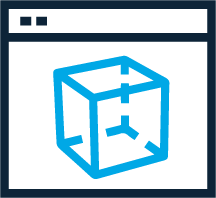
Developing an early version of a product to convey the look (form-appearance) and feel (function-behavior); can be static or dynamic in nature but is typically built quickly.
- Time: 60+minutes
- Group Size: 6+ people
- Level: Intermediate
Quickstart Stakeholder Engagement Canvas
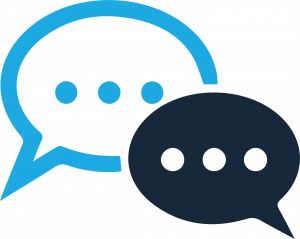
A quick way to begin developing a plan for effectively engaging a stakeholder.
- Time: 60+minutes
- Group Size: 1+ people
- Level: Intermediate
June 29, 2021
Rose Bud Thorn

Visually categorize positive (rose), potential (bud), or negative (thorn) aspects of a topic (e.g., system, product, process).
- Time: 45+minutes
- Group Size: 4+ people
- Level: Beginner
May 10, 2021
Service Blueprint

Outline and visualize a service to connect the user experience, or “frontstage,” to what happens behind-the-scenes, or “backstage.”
- Time: 60+minutes
- Group Size: 5+ people
- Level: Advanced
Simplicity Cycle
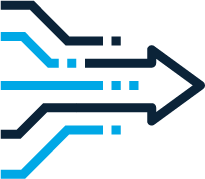
Equip users with a visual vocabulary for discussing complexity and simplicity in a design to assess and express the value of adding or removing design elements.
- Time: 60+minutes
- Group Size: 6+ people
- Level: Advanced
Stakeholder Identification Canvas

Ideate a more comprehensive & representative set of relevant stakeholders to your project.
- Time: 30+minutes
- Group Size: 2+ people
- Level: Intermediate
Stakeholder Map and Matrix
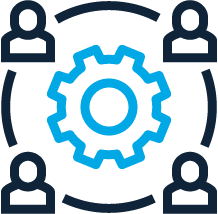
Look across stakeholders and categorize them according to key variables (e.g., interest, influence, impact).
- Time: 60+minutes
- Group Size: 2+ people
- Level: Beginner
Stakeholder Power Categories
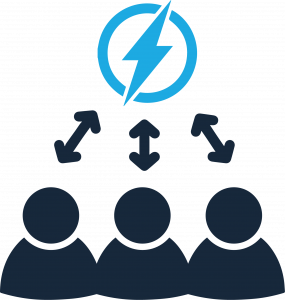
Use this canvas to quickly categorize and prioritize which stakeholders to engage based on power and impact. Highlight impacted stakeholders and ideate on how to elevate their roles on the effort.
- Time: 60+minutes
- Group Size: 1+ people
- Level: Intermediate
July 12, 2021
Stormdraining

The inverse of brainstorming, reduce a large collection of ideas, activities, or components to a smaller collection of the most valuable or promising ideas.
- Time: 60+minutes
- Group Size: 2+ people
- Level: Beginner
May 10, 2021
Storyboarding
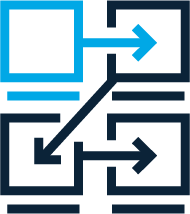
Stories add a human element to design and data analysis activities. They foster empathy and let designers walk in the users’ shoes, increasing understanding of needs, activities, interests, and pain points.
- Time: 60+minutes
- Group Size: 4+ people
- Level: Intermediate
System Map

This tool captures the key roles, relationships, and dynamics of a system to enhance understanding of the big picture and potential disruptions to the system.
- Time: 45+minutes
- Group Size: 4+ people
- Level: Intermediate
Trimming
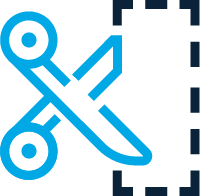
Iteratively remove unnecessary elements from a design using a structured approach to reducing complexity to produce a more elegant, streamlined final product, process, or organization.
- Time: 60+minutes
- Group Size: 4+ people
- Level: Intermediate
TRIZ Prism
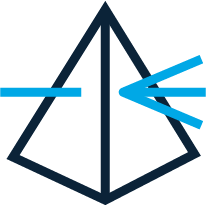
Use known solutions to find new solutions to difficult problems.
- Time: 60+minutes
- Group Size: 4+ people
- Level: Beginner
Value Proposition Canvas
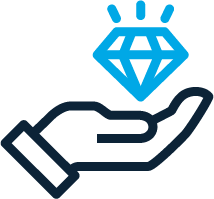
Map user profiles (i.e., jobs, pains, and gains) to values (i.e., gain creators, products and services, pain relievers) to ensure that a product meets user needs.
- Time: 45+minutes
- Group Size: 4+ people
- Level: Intermediate
Page 1 of 1
Our Tools
Use these tools to build consensus on why. Clarify and prioritize the key problems and hypotheses you want to explore, what it means to succeed, and define your problem to provide a compass for decision making.
